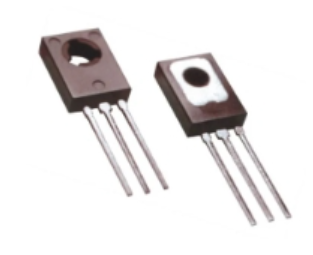Date:2025-06-25 Categories:Product knowledge Hits:232 From:Guangdong Youfeng Microelectronics Co., Ltd
7、 Operating procedures:
1. Before operation, it is necessary to carefully read the specifications of the resistive transistor to understand its maximum current, maximum power, and other parameters, in order to avoid exceeding its rated parameters and causing damage.
2. Before connecting the circuit, it is necessary to determine the pins of the resistive transistor, which can usually be confirmed through specifications or information provided by the manufacturer.
3. When connecting circuits, it is important to pay attention to the correct polarity connection, as incorrect polarity connections may cause the circuit to malfunction or be damaged.
4. When using a resistive transistor, it is necessary to select the control current and operating voltage reasonably according to the specific application scenario to ensure that the resistive transistor can work normally.
5. When using a resistive transistor, attention should be paid to controlling the magnitude of the current. Excessive or insufficient control current may cause the resistive transistor to malfunction.
6. If it is necessary to replace or repair the resistive transistor, the power supply should be disconnected first and the correct steps should be followed to avoid damaging the circuit or components.
8、 Development history:
The band stop transistor was first proposed in the 1960s and has been widely studied and applied in the following decades. With the development of electronic technology and the increasing demand, band stop transistors have been continuously improved and perfected.
In the early stages of development, band stop transistors were mainly used in the fields of power control and dimming control. However, due to the poor controllability and stability of the band stop transistor, its application range and performance are limited.
With the advancement of technology, the controllability of resistive switching transistor has been improved, and the introduction of new materials and designs has made the switching speed of resistive switching transistors faster and the power consumption lower. At the same time, the reliability and stability of resistive switching transistors have also been improved, leading to their continuous expansion in various fields of application.
At present, the band stop transistor has become one of the indispensable components in the electronic field, widely used in power control, dimming control, motor control, inverters and other fields. With the continuous advancement of technology, the performance and application fields of band stop transistors will continue to be expanded and improved.

Previous: Classification, Structure, and Principle of MOSFET